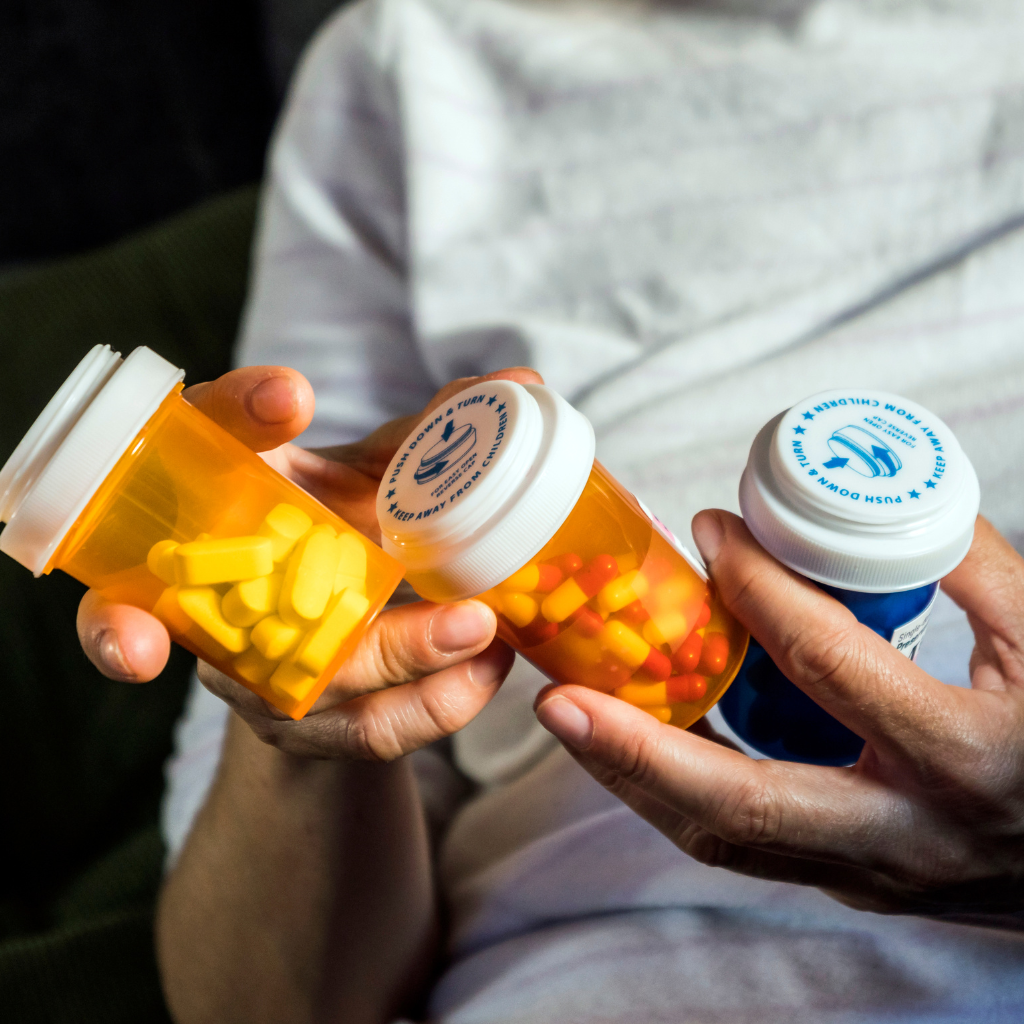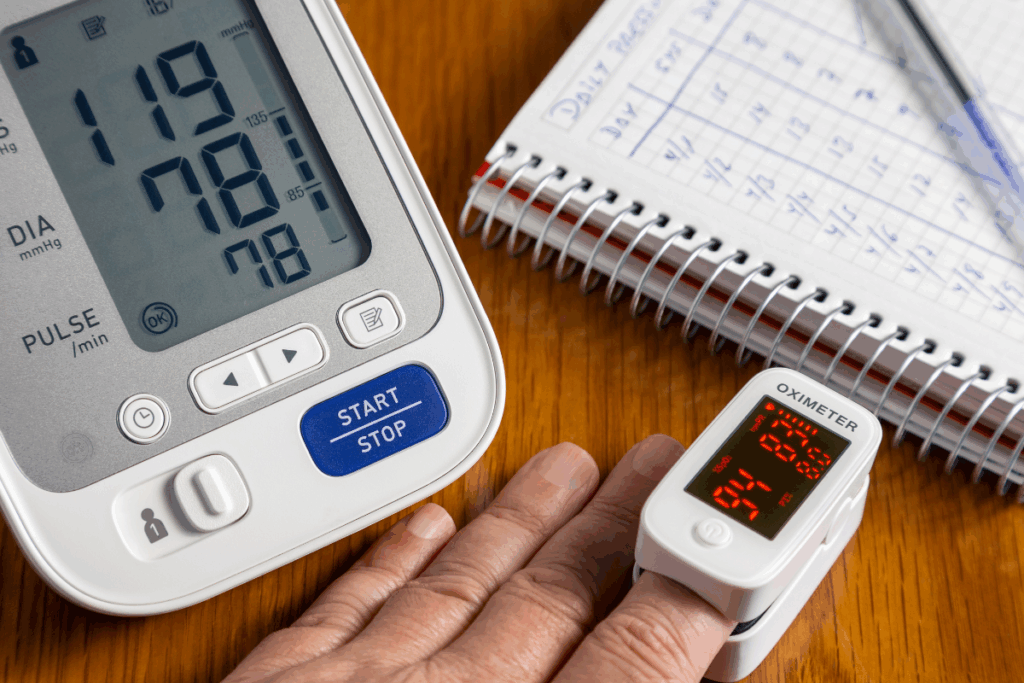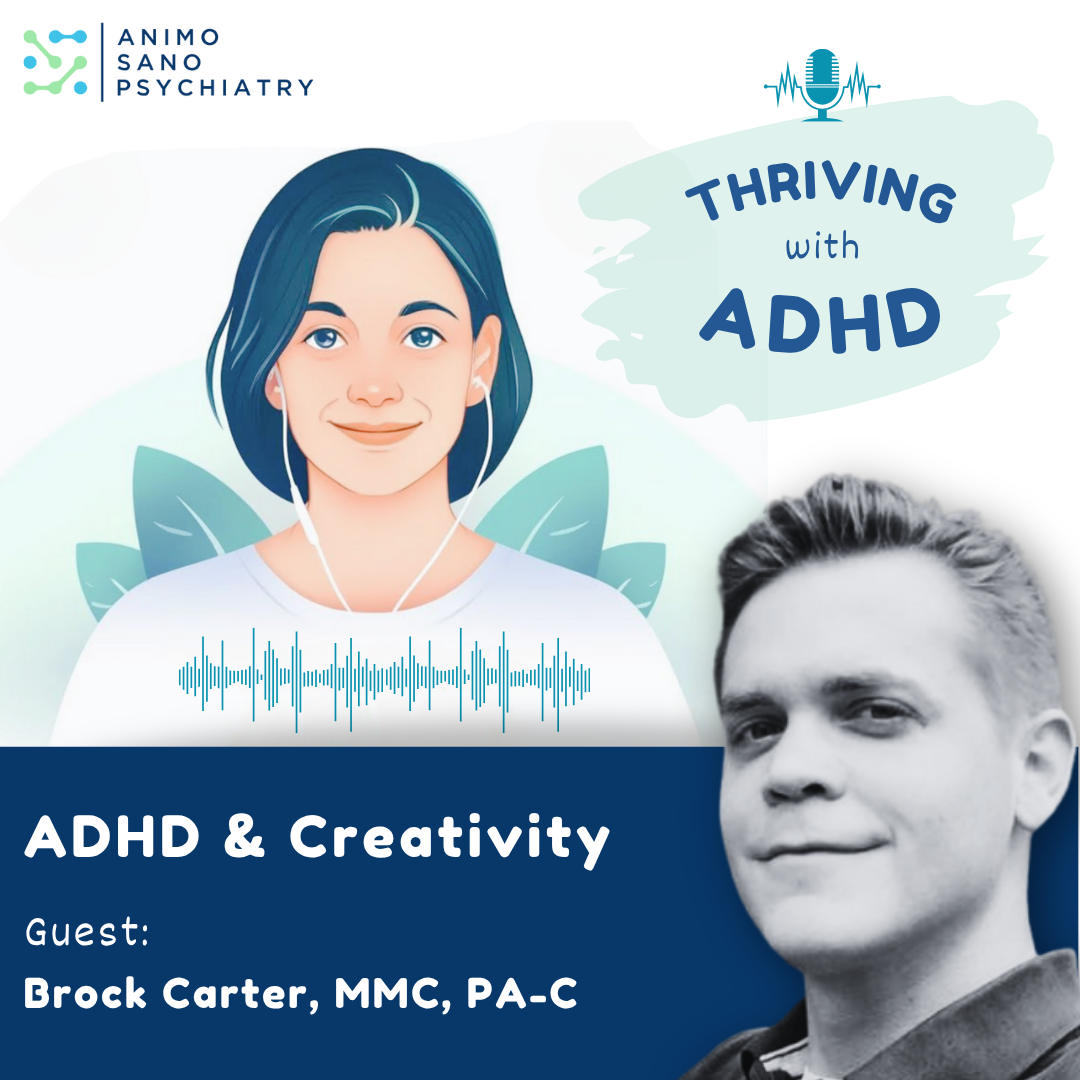
Living with ADHD can bring daily challenges that affect focus, learning, work, and relationships. For many, medication plays a vital role in managing symptoms and improving quality of life. But when it comes to treatment, one question often comes up: should I consider stimulant or non-stimulant medication for ADHD?
Both categories are effective, but they differ in how they work, how quickly they take effect, and what side effects may show up. Knowing the distinctions can help patients and families feel more informed when making decisions with their clinicians.
What is the Difference Between Stimulants and Non-Stimulants?
Stimulant medications—such as methylphenidate (Ritalin, Concerta) and amphetamines (Adderall, Vyvanse)—work by increasing dopamine and norepinephrine activity in the brain. These are the same neurotransmitters that help with attention, focus, and self-regulation. Stimulants usually act quickly, often within 30–60 minutes, making them the first-line choice for many children and adults with ADHD if there are no contraindications to their use.
Non-stimulants—including atomoxetine (Strattera), guanfacine (Intuniv), clonidine (Kapvay), and viloxazine (Qelbree)—work differently. Atomoxetine targets norepinephrine reuptake, while guanfacine and clonidine affect alpha-2 adrenergic receptors. Unlike stimulants, these medications are not controlled substances, and their effects build more gradually, sometimes taking several weeks to reach full benefit.

How Effective Are They?
Research consistently shows that stimulants are the most effective treatment for reducing core ADHD symptoms. Roughly 70–80% of children respond well to stimulants once the right type and dose are found, and adults also report significant improvement in focus, impulsivity, and task follow-through.
Non-stimulants are also effective, though their average impact is somewhat smaller compared to stimulants. They are often considered when:
- Stimulants cause intolerable side effects.
- History of uncontrolled hypertension or other cardiovascular diseases
- A person has an active substance-use disorder.
- Co-occurring conditions, such as tics or significant anxiety, make non-stimulants a safer choice.
The important point: response is highly individual. Some people do better on non-stimulants, especially when side effects from stimulants outweigh benefits.
Side Effects to Know About
Stimulants
- Methylphenidate (Ritalin, Concerta, Focalin, Daytrana): Loss of appetite, stomach upset, trouble sleeping, irritability, mild blood pressure/heart rate changes.
- Amphetamines (Adderall, Vyvanse, Evekeo): Similar to methylphenidate; may also cause dry mouth, mood swings, and slightly higher risk of increased heart rate or blood pressure.
Non-Stimulants
- Atomoxetine (Strattera): Nausea, fatigue, appetite loss, mood changes; carries a boxed warning for suicidal thoughts in youth.
- Guanfacine (Intuniv): Drowsiness, dizziness, low blood pressure; sometimes helpful for kids with sleep issues.
- Clonidine (Kapvay): Sedation, dry mouth, constipation, low blood pressure; should not be stopped abruptly.
- Viloxazine (Qelbree): Sleepiness, nausea, irritability, appetite loss; also carries a warning for suicidal thoughts in young people.
Stimulant vs. Non-Stimulant: What Helps in Deciding?
There is no universal “best” medication. Instead, choosing between stimulant and non-stimulant options often depends on:
- Speed of effect. Stimulants act within hours and do not have to be taken daily, while non-stimulants take longer and need to be taken daily.
- Risk of misuse. Stimulants can be misused or diverted, particularly in adolescents and young adults, while non-stimulants carry no such risk.
- Comorbidities. Anxiety, tic disorders, or cardiac concerns may make non-stimulants the safer option.
- Tolerability. Some patients do not tolerate appetite changes or sleep issues from stimulants and may switch to a non-stimulant.
- Age and approvals. Certain medications are approved for specific age groups.
In practice, many clinicians start with a stimulant, adjusting type and dose until a good fit is found. If symptoms remain or side effects persist, a non-stimulant is considered next. Sometimes, the two are combined for added benefit.
Practical Tips For Families and Patients

Medication choices often involve a period of trial and adjustment. Here are some helpful strategies during that process:
- Keep a simple log of sleep, appetite, mood, and school or work performance. These notes help guide dose adjustments.
- Expect that it may take more than one trial to find the best fit. Switching between formulations or classes is common.
- Monitor weight, blood pressure, and heart rate as recommended. Report any concerning symptoms promptly.
- Remember that medication works best alongside behavioral strategies, school supports, and therapy. Combining approaches often leads to the best outcomes.
FAQs
Which works faster—stimulants or non-stimulants?
Stimulants usually show effects within hours, while non-stimulants may take several weeks to build up fully.
Are stimulants addictive?
When used as prescribed and monitored, most patients do not develop addiction. However, misuse potential exists, so clinicians screen carefully.
Do ADHD medicines cause heart problems?
Most studies show only small increases in blood pressure and heart rate. Serious events are rare, but baseline and ongoing monitoring are recommended.
What happens if the first medication doesn’t work?
It’s common to try different options. Switching between stimulant types, adjusting doses, or moving to a non-stimulant are all part of a standard treatment journey.
Final Thoughts
Stimulant and non-stimulant medications each play an important role in ADHD treatment. Stimulants remain the most effective option for many, but non-stimulants offer valuable alternatives, especially when side effects, coexisting conditions, or misuse concerns make them the better fit. The decision is rarely about which category is “better” overall—it’s about which option helps a specific person manage their symptoms and live more fully.
When treatment decisions are made collaboratively—balancing medical guidance, patient experience, and family priorities—ADHD care becomes not just about symptom reduction, but about improving daily life in meaningful ways.
Responsibly edited by AI
Other Blog Posts in
Animo Sano Psychiatry is open for patients in North Carolina, Georgia and Tennessee. If you’d like to schedule an appointment, please contact us.
Get Access to Behavioral Health Care
Let’s take your first step towards. Press the button to get started. We’ll be back to you as soon as possible.ecovery, together.



